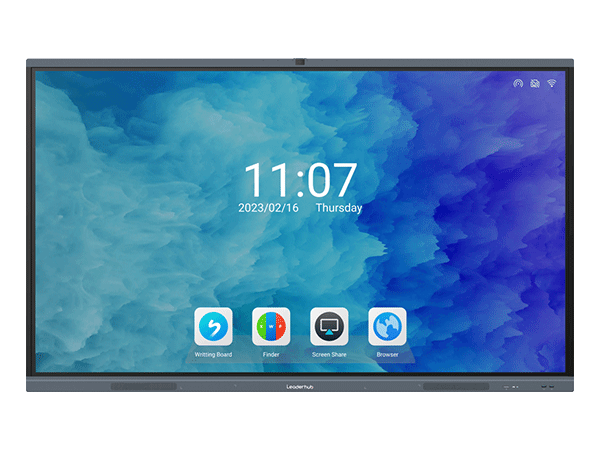Enhancing Learning and Evaluation with Interactive Whiteboards

Interactive whiteboards have revolutionized the way teachers deliver lessons and engage students in the classroom. These interactive tools offer various educational benefits, such as increased student participation, visual learning, and seamless integration of multimedia content. Along with these advantages, it is essential for educators to evaluate student performance effectively. This article explores three key strategies that teachers can employ to assess student learning on classroom interactive whiteboards.
1. Formative Assessment through Interactive Activities
Interactive whiteboards facilitate real-time formative assessment, allowing teachers to gauge students' understanding and progress during the learning process. Teachers can utilize various interactive activities to assess student performance. For example, they can create quizzes, polls, or word games to evaluate comprehension and knowledge retention. These activities provide immediate feedback to both teachers and students, enabling them to identify areas in need of improvement and adjust instruction accordingly.
2. Collaborative Projects and Presentations
Another effective way to evaluate student performance on interactive whiteboards is through collaborative projects and presentations. By assigning group tasks, teachers can assess not only individual students but also their ability to work as a team. Collaborative projects require students to actively participate, engage in critical thinking, and demonstrate their knowledge and skills. Teachers can evaluate student performance based on content, organization, presentation skills, and peer feedback. This approach fosters a collaborative learning environment while providing valuable insights into each student's strengths and weaknesses.
3. Capturing and Analyzing Student Work
Interactive whiteboards allow teachers to capture and analyze student work, providing a comprehensive overview of their progress. Teachers can use screen recording software or capture images to document and evaluate student work. This method enables teachers to assess individual performance, identify misconceptions, and track improvement over time. Additionally, analyzing students' work collectively can reveal patterns or trends, allowing teachers to make data-driven instructional decisions and provide targeted support to struggling students.
In conclusion, assessing student performance on classroom interactive whiteboards requires utilizing effective and innovative strategies. Formative assessment through interactive activities, collaborative projects, and capturing and analyzing student work are three key approaches that can enable teachers to monitor learning progress, identify individual strengths and weaknesses, and provide timely feedback. By implementing these strategies, educators can enhance the educational experience and promote continuous improvement in student performance.

